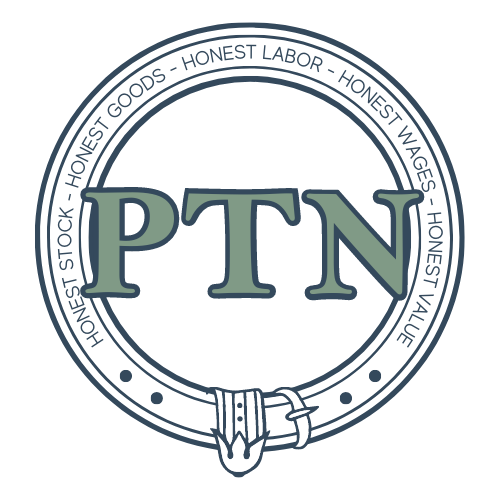History of Preservation Trades Network
At the 1995 annual conference of Association for Preservation Technology in Washington, DC, a small group of contractors, educators, and preservation specialists convened an ad-hoc roundtable discussion on the preservation trades. As a result of this informal meeting, the Preservation Trades Network was established, initially as a Task Force of APT, to address the perception that the role of trades people and contractors was not adequately recognized or acknowledged in the preservation industry. A working group of trades practitioners and contractors held meetings throughout 1996 to determine the focus of the PTN effort and concluded that there was an opportunity to bring practitioners of a wide diversity of trades together in a single venue to share their skills in an environment that fostered "hands on" demonstrations of a type not generally available in academic conference settings.
The first “gathering of the trades” in 1997 not only proved that it could be done, it demonstrated that sharing, learning and talking with tools in hand filled a void in the mainstream preservation movement that some doubted even existed. Since then PTN has continued to evolve to better serve and represent the trades community. In 2001, PTN became an independent 501(c)6 nonprofit organization. In 2005 PTN made the transition to a 501c(3) nonprofit to better fit the educational purpose of the organization. PTN has a track record of producing an annual conference based on networking and education, working with other organizations and nonprofits to expand educational opportunities, and providing a network for individuals involved in the trades. A significant part of this networking has been the emergence of reciprocal relationships with trades practitioners and organizations on an international level. Demonstrators and presenters from nineteen countries have been represented at IPTW events, and there is now an established basis for collaboration and exchange with programs in other countries. PTN is firmly committed to working to sustain the success of existing domestic trades education programs, recognizing the contributions of the masters of the trades, and creating opportunities for future generations of trades people.


